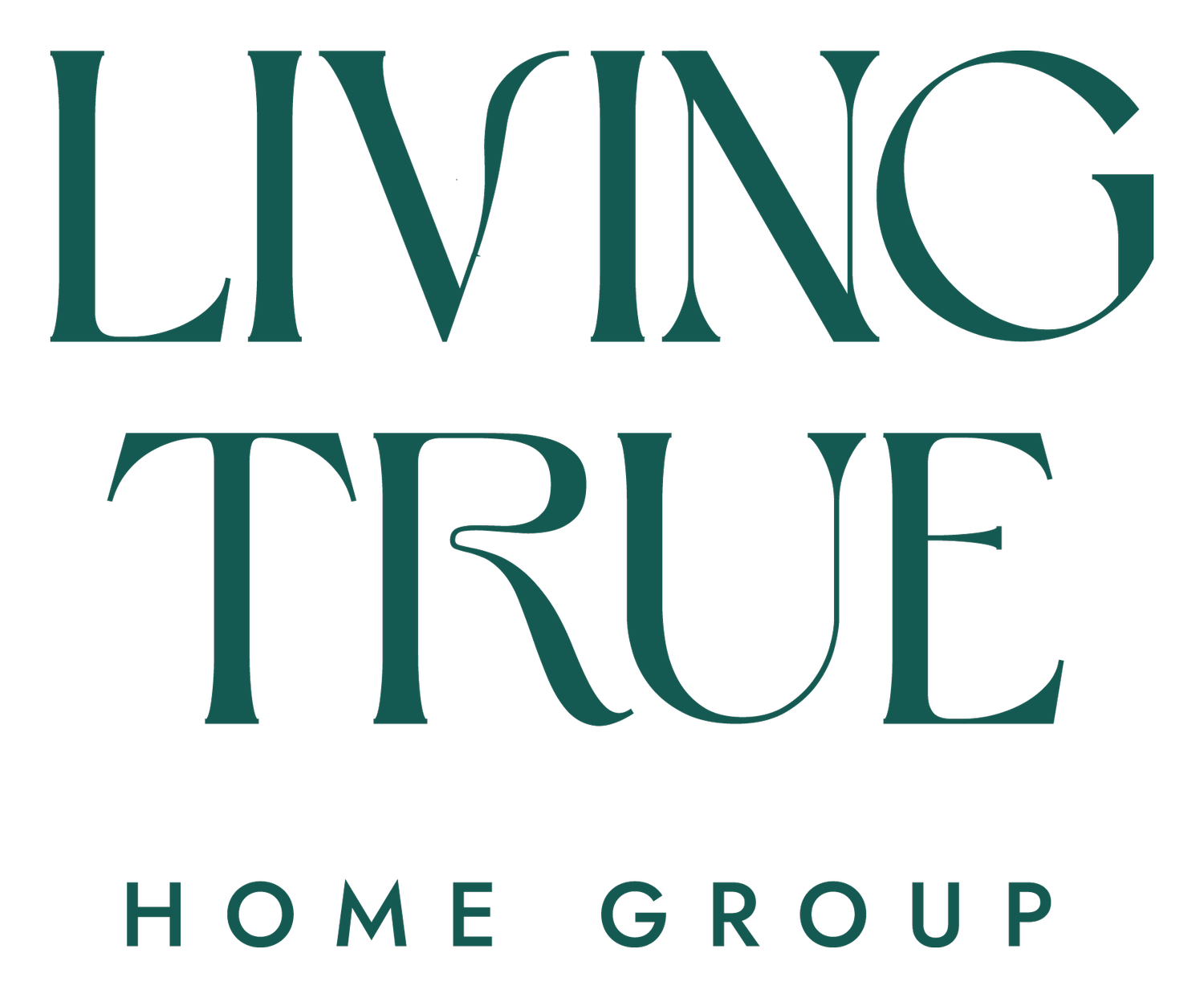It’s Time To Talk About Homeowners Insurance
Navigating Rising Homeowner Insurance Costs: What You Need to Know
If you’ve noticed a significant uptick in your homeowner’s insurance premiums recently, you’re not alone. Across the country, homeowners are grappling with rising costs, driven by several factors. While the financial impact may feel overwhelming, understanding what’s behind these increases and how to ensure your policy meets your needs can provide clarity and peace of mind.
Why Are Premiums Rising?
One of the primary drivers of higher insurance premiums is the growing frequency and severity of natural disasters. Events such as hurricanes, wildfires, and severe storms have become more common in recent years, causing significant damage and increasing the cost of insurance claims. Here are a few key contributors:
Hurricanes: Coastal regions face higher risks due to stronger and more frequent hurricanes, leading to substantial damage and rising costs for insurers.
Wildfires: Areas prone to wildfires are experiencing longer fire seasons, fueled by dry conditions and high temperatures, which result in costly claims.
Other Natural Disasters: Flooding, tornadoes, and winter storms have also intensified, further straining insurance resources.
These disasters often result in costly repairs and rebuilds, which drive up the cost of claims—costs that insurers ultimately pass on to homeowners.
Reviewing Your Policy: A Crucial Step
As insurance costs rise, it’s more important than ever to ensure your policy provides adequate protection. Here are some steps to take:
1. Assess Coverage Limits and Replacement Cost
Do you know if your policy covers the full cost to rebuild your home in today’s market? Replacement costs can fluctuate due to inflation and rising construction expenses. If you haven’t changed your replacement cost coverage in the last few years, it’s time to take a look at it. Reviewing your policy to confirm it aligns with current rebuild costs can save you from being underinsured.
2. Identify Coverage Gaps
Standard homeowner’s insurance typically doesn’t cover certain types of damage. For instance, flood and earthquake damage often require separate policies. It’s essential to understand what’s excluded from your policy and consider whether supplemental coverage is necessary.
3. Consider Additional Coverage
Depending on where you live, you might need specialized coverage to address specific risks:
Flood Insurance: Necessary if you’re in a flood-prone area; often required by mortgage lenders.
Windstorm Coverage: Common in hurricane-prone regions, this may be a separate add-on.
Wildfire Insurance: In fire-prone areas, additional coverage may be needed to fully protect your property.
Practical Tips for Managing Rising Costs
While you can’t control the broader forces driving insurance costs, you can take steps to manage your expenses:
Shop Around: Compare quotes from multiple insurers to find competitive rates.
Bundle Policies: Combining your homeowner’s insurance with auto or other policies can lead to discounts.
Improve Home Resilience: Installing storm shutters, reinforcing your roof, or taking fireproofing measures can make your home less risky to insure, potentially lowering premiums.
Increase Your Deductible: Opting for a higher deductible can reduce your premium, though you’ll need to ensure you can cover the out-of-pocket costs if needed.
The Bottom Line
Rising homeowner insurance costs are a reality for many, but being proactive can make a significant difference. Regularly reviewing your policy, understanding coverage gaps, and exploring supplemental options ensure your home is adequately protected. In the face of increasing natural disasters, the peace of mind that comes from robust coverage is well worth the effort.
Take the time today to review your policy, consult with your insurer, and make informed decisions to safeguard your home and financial future. Do you need to know the current value of your home and potential replacement cost? We can help.
Our hearts are with the people of Los Angeles and the brave first responders fighting the wildfires. We support the firefighting efforts via the Los Angeles Fire Department Foundation.

